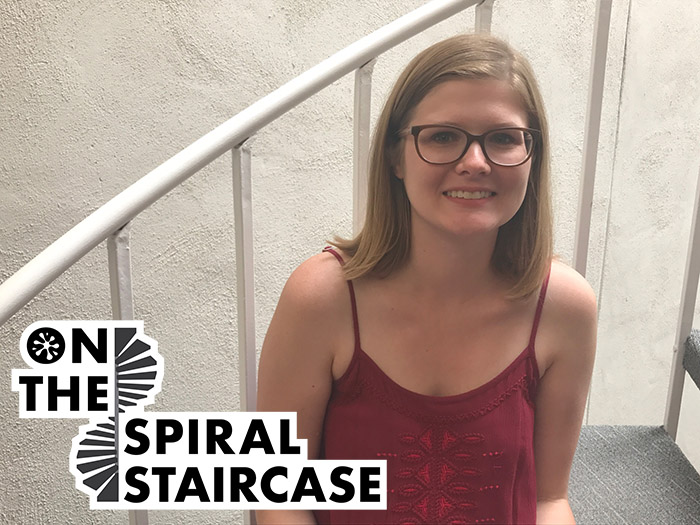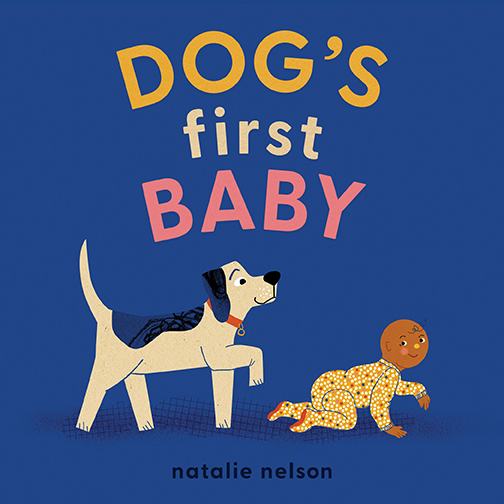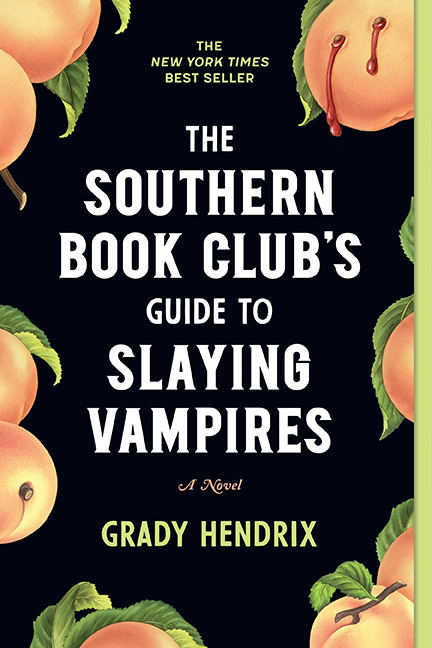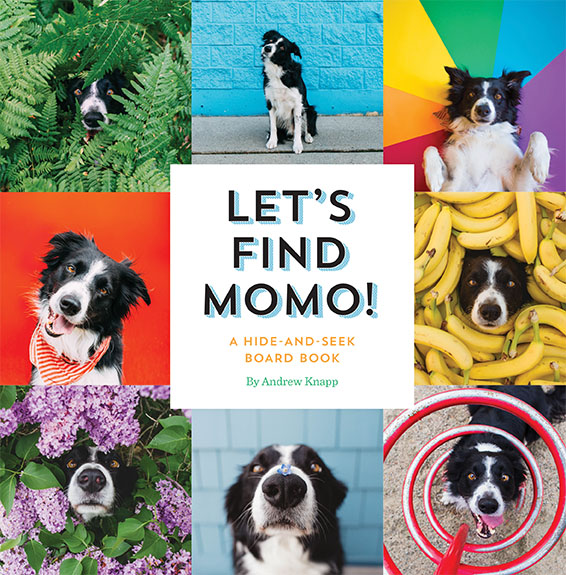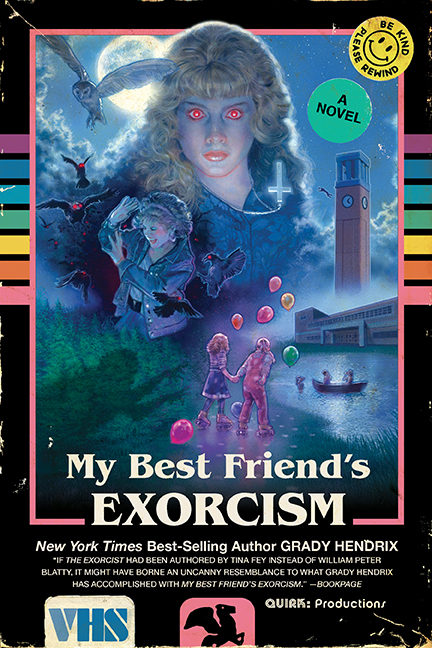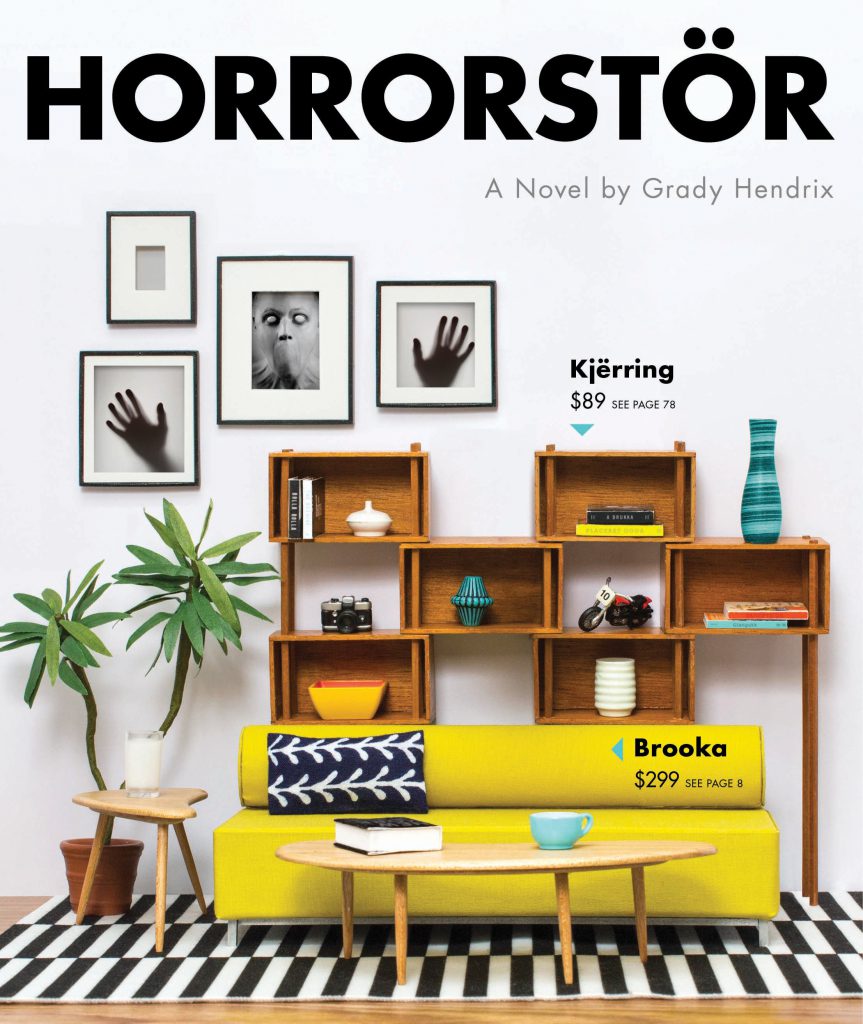Our Blog
Which obscure retro monster are you?
Whats your monstrous patronus? Take a deep dive into the lesser-known monsters of the '70s and '80s, like those found in Grady Hendrix's Paperbacks from Hell, and find out what niche beast you most resemble!
Posted by Quirk Books Staff
On the Spiral Staircase with Brett Cohen
Fall 2017 marks the 15th anniversary of Quirk’s first publishing season. To celebrate, we're chatting with Brett Cohen, Quirk’s president.
Brett started with Quirk in 2001 before we were even publishing our own books. Over the last 16 years, Brett has been a jack-of-all-trades. He was the first hire on the business side, brought in to develop our operational and financial procedures, as well as manage Quirk’s relationship with our sales distributor. He expanded that work into business development and strategy. He revised our marketing program by developing our consumer initiatives including comic con attendance, relaunching this site as an entertainment blog, and starting our social media accounts. Now, he continues to have his hand in all facets of the business ranging from finance and production to marketing and sales.
Posted by Quirk Books Staff
Win Tickets from Fathom Events to see E.T. the Extra-Terrestrial on the Big Screen!
Fathom Events is bringing a beautifully remastered version of E.T. the Extra-Terrestrial back to the big screen for a special 35 anniversary event on September 17 and 20 only! We're positively over the MOON.
Posted by Quirk Books Staff
#PeculiarSummer Q&A with Jason Rekulak
Photo credit: Courtney Apple
As part of our #PeculiarSummer, Quirk publisher Jason Rekulak answered questions from Twitter about the process of editing the blockbuster Miss Peregrine’s Home for Peculiar Children series. Here are Jason’s thoughts on some of the most popular questions.
Posted by Quirk Books Staff
On the Spiral Staircase with Kelsey Hoffman
Kelsey Hoffman is a publicist and blogger liaison at Quirk. Since joining the company she has worked on campaigns for books like The Legion of Regrettable Supervillains, Literary Yarns, How to Eat a Lobster, and Cat Castles. She’s also obsessed with Instagram, and currently runs Quirk’s account (@QuirkBooks) as well as her own (@tehkelsey).
Posted by Quirk Books Staff
Q&A with Suzanne Wallace from Roll20
Suzanne Wallace does branding and marketing at Roll20. Roll20 is a virtual tabletop that makes it easy to play tabletop roleplaying games like Dungeons & Dragons and Pathfinder online. The company was launched via Kickstarter in 2012 and has since grown to over 2.4 million users. Since the platform is browser-based and free to use, it's both the easiest and most popular way to play tabletop games online.
Get ready to spice up your tabletop RPG!
Posted by Quirk Books Staff




